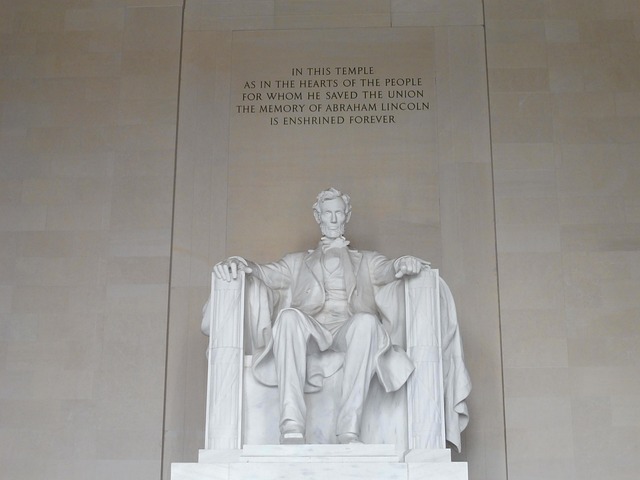The story of Attis, a deity worshipped in the ancient world, invites us into a realm where spirituality and the human experience intertwined deeply. Revered primarily in Phrygia, he was a figure of fertility, renewal, and sacrifice, embodying the cycle of life and death that resonates with many spiritual traditions today. Much like the transformative experiences in our own lives, the tale of Attis evokes feelings of hope and despair, symbolizing the struggles we go through as we seek to understand our place in the universe.
Attis was often depicted as a young man with beautiful features, embodying youthful vigor and vitality. His connection to nature, particularly the cycles of the seasons, highlights the profound relationship ancient cultures had with their environment. As spring sprouted its blossoms, Attis represented rebirth and renewal, drawing parallels to the way we often feel revitalized after enduring life’s challenges.
A central part of Attis‘ myth involved his tragic fate. According to legend, he fell in love with the goddess Cybele, a powerful figure representing the earth and motherhood. However, as with many divine stories, love became a double-edged sword. Jealousy and emotional turmoil led to Attis’ self-castration in a fit of sorrow, a drastic action reflecting the intense emotional struggles many face in relationships. This moment serves as a metaphor for the sacrifices we make in love and the sometimes painful yearning for acceptance and understanding.
The rites surrounding Attis were marked by deep religious fervor and ritualistic practices. His worshipers engaged in celebrations that emphasized the cycle of death and rebirth, creating a communal atmosphere that drew individuals together in shared devotion. This notion of coming together in sacred spaces to honor a higher power speaks to our intrinsic desire for community and connection, allowing us to shed our isolation in favor of a collective spirituality.
One significant festival dedicated to Attis was the Hilaria, held during the vernal equinox, symbolizing renewal and the triumph of life over death. During this time, devotees would partake in joyous celebrations, which included processions, music, and offerings, mirroring how many of us commemorate significant moments in our own lives. These rites foster a feeling of belonging and remind us of the importance of honoring those who have come before us and the paths they have paved.
Today, the legacy of Attis continues to echo through various religious and spiritual practices, reminding us that the themes of love, sacrifice, and renewal are universal. As we navigate our own journeys, the story of this ancient deity invites reflection on the emotional and spiritual sacrifices we make for the sake of love, the struggles we face, and ultimately, the hope for transformation and new beginnings.
By exploring the tales of gods like Attis, we delve into the timeless narratives that define humanity’s quest for understanding, belonging, and transcendence. The divine tales of ancient times are not merely relics of the past; they are reflections of our ongoing journey through the intricacies of faith, desire, and existence.



